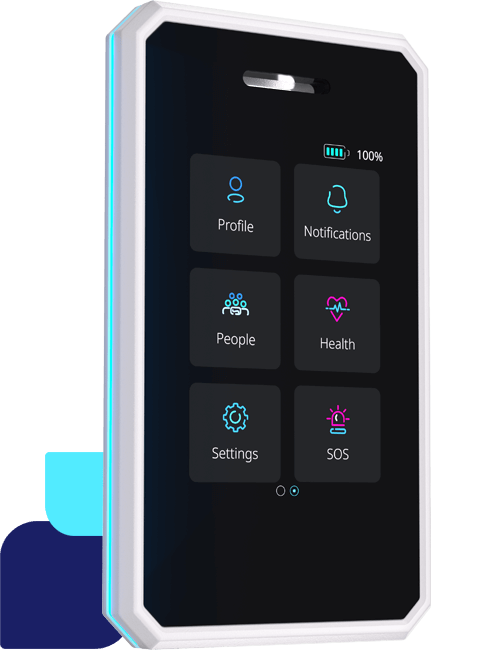Ensuring the safety of a large and dynamic workforce is a top priority. In today’s fast-paced environment, staying ahead in safety measures is not just a company responsibility but an ongoing commitment to employees. One of the revolutionary tools that have significantly contributed to safety protocols is the use of accelerometers in real-time location tracking.
Accelerometers, once confined to the realm of physics laboratories, have found a crucial role in work settings, particularly in enhancing the safety of the workforce. These tiny, yet powerful devices have transformed the way personnel movements are monitored and managed, significantly reducing the risk of accidents and incidents.
Real-time location tracking: a game-changer
In operations, knowing the exact location of personnel is more than just a matter of convenience; it’s a matter of safety. Traditional methods that rely on outdated systems often fall short in providing the real-time data needed to respond swiftly in case of emergencies. This is where accelerometers as part of a real time location system come into play.
Accelerometers are motion-sensing devices that measure changes in velocity. When integrated into wearable devices, such as Sense Badges, these sensors provide a continuous stream of data regarding the wearer’s movements. This real-time information forms the backbone of an effective location tracking system, enabling the monitoring and response to potential safety hazards promptly. This helps organisations to look after the wellbeing of employees, whether field based, or office based.
Safety in motion: how accelerometers work
Accelerometers work on the principle of detecting changes in acceleration, whether due to linear motion, vibration, or orientation. In the context of real time location systems used to increase workforce safety, these devices are strategically placed within wearable devices, capturing the wearer’s movements with remarkable precision.
For instance, if a worker is involved in an unexpected fall or experiences a sudden change in velocity, the accelerometer detects this abnormality and triggers an alert. This instant notification allows the pinpointing of the worker’s location and the dispatch of help swiftly, minimizing response times and potentially preventing serious injuries.
Redefining emergency response
The inclusion of accelerometers into the safety framework has not only improved the ability to monitor personnel but has also redefined emergency response mechanisms. In the event of an accident or hazardous situation, every second counts. With real-time location data provided by accelerometers, the affected area can be precisely identified, and response teams can be deployed with unparalleled accuracy.
This level of precision not only enhances the safety of the workforce but also contributes to the overall efficiency of emergency response strategies. By streamlining the process of locating and assisting personnel in distress, a safer working environment is fostered, reducing the impact of incidents on both human lives and operational continuity.
A good example of usage in reality is on Sense Badges, if a lone worker falls, a workflow can be triggered that activates SOS and provides location to appropriate team members.
Predictive analytics for proactive safety measures
Beyond immediate response capabilities, the data generated by accelerometers opens up avenues for predictive analytics. By analysing patterns in movement and identifying potential risk factors, proactive safety measures can be implemented to prevent accidents before they occur.
For example, if the accelerometer data reveals repeated instances of high-velocity movements in a specific area, it prompts an investigation into the root cause and the implementation of preventive measures, such as additional safety barriers or enhanced training programs. This predictive approach adds a layer of sophistication to safety protocols, transforming them from reactive to proactive.
Conclusion: a safer tomorrow with accelerometers
In the ever-evolving landscape of operations, the integration of accelerometers into safety protocols has proven to be a game-changer. Real-time location systems including these fall detecting devices has not only enhanced emergency response capabilities but has also ushered in a new era of proactive safety measures.
The adoption of cutting-edge technologies that prioritize the well-being of the workforce should be championed. Accelerometers are not just devices; they are allies in creating a safer tomorrow, where every employee can work with confidence, knowing that their safety is the utmost priority.







